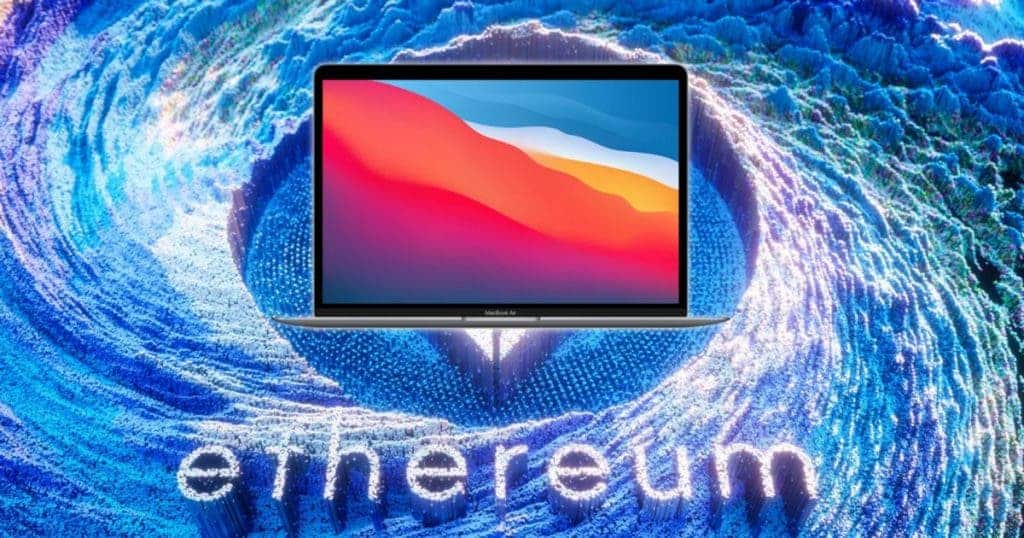In the last year, Apple has launched its first ARM-based computer with its first Apple M1. This chipset delivers excellent performance and efficiency and determines a future with more ARM-based computers. Due to the closed nature of Apple hardware, many enthusiasts have tried their best to unlock and crack this chip. According to recent reports, software developer Yifan Gu (Gu Yifan) has found a way to mine Ethereum on M1 MacBook Air and open it on GitHub.
According to reports, the global semiconductor industry has been experiencing unprecedented shortages since the second half of last year. It affects chip makers on consoles like Sony and Microsoft. It is noteworthy that GPU chips get the hardest hit. NVIDIA, for example, unveiled a new generation of its graphics cards last year, but is still unable to deliver a decent supply of them even today. According to Harlan Sur, an analyst at Morgan Stanley in Japan, demand for chips exceeds current production capacity by 10% to 30%, which could take up to a year to catch up with.
There is a huge shortage of graphics cards and the performance of mining is limited by NVIDIA. Crypto-currency miners, of course, have to think in other ways, which only offer new ideas to miners and developers. This was probably one of the reasons for Gu’s attempt to make the Apple M1 a viable mining option or at least partially viable.

Mining Cryptocurrency with Apple M1 Powered MacBook Air Valid for Beginners or Early Acceptors Only
According to the developer, the mining efficiency of the M1 MacBook Air is very average. It produces only 2MH / s and the power consumption is about 17-20 watts. It is only suitable for beginners and beginners, with a daily income of about $ 0.14. While it’s completely behind NVIDIA’s CMP-dedicated core, it could set a new direction for cryptocurrency mining. It is noteworthy that this is not the first attempt to make the M1 processor a valid mining option. In December last year, XMRig developers tried to exploit Monero with the Apple M1 MacBook Air.
The M1 is an Apple-made chip available on Apple devices such as MacBook Air, 13-inch MacBook Pro and Mac mini. Because it uses the Arm architecture, Apple encourages developers to create their own applications based on this architecture. Apple also provides Rosetta 2 on macOS to translate Intel-based applications into ARM architecture. As a result, Intel-based applications can also run on the Apple M1.
